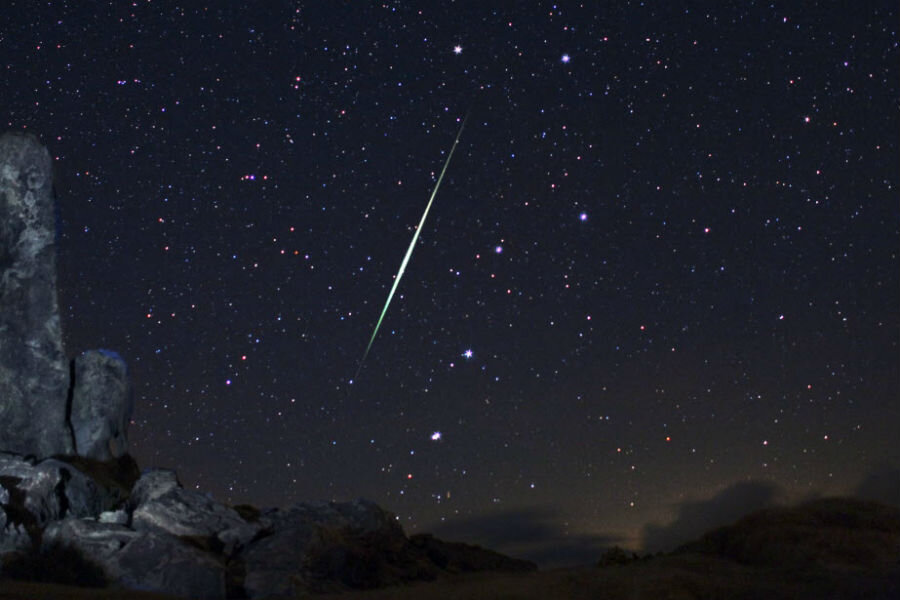Quadrantid meteor shower dazzles with 80 meteors per hour
The Quadrantids meteor shower peaked Tuesday morning, putting on a spectacular show for viewers in western North America.
Don't worry if you missed it. The first major meteor event of the year will continue for another week, tapering off until January 12. But for many viewers, the display this morning would have been the highlight, with little interference from moonlight to detract from the intense peak of about 80 meteors per hour.
The Quadrantids have an unusual history, making them unique among what promises to be an excellent year for astronomical events in North America.
In 1795, French astronomer Jerome Lalande identified a new constellation, named Quadrans Muralis (latin for "Mural Quadrant"), after an old type of astronomical equipment used to plot the position of stars. The Quadrantid meteor shower was first observed 30 years later, in 1825.
But in 1922, when the International Astronomical Union (IAU) created the first internationally recognized list of constellations, they omitted the Quadrans Muralis, meaning that the Quadrantids had already become inextricably attached to a defunct constellation.
Due to the removal of Lalande's constellation from official lists, the Quadrantid shower is sometimes referred to as the Boötids, since the Boötes constellation is officially recognized and in the area of Quadrans Muralis. Most professional and amateur astronomers still use the older name.
The Quadrantids are often the first major astronomical event of the year, usually peaking in January. Unlike most meteor showers, however, the Quadrantid peak is very short – only about 6 hours this year, beginning at roughly 1400 Greenwich Mean Time, or 9 a.m. EST.
"That prediction is not set in stone," Robert Lunsford, an experienced meteor observer with the American Meteor Society, told Space.com. "We haven't got this one nailed down yet. It acts the way it wants to."
Some meteor shower peaks last for two days, while the Quadrantid peak lasts only a few hours, which can make it harder for observers to view. But the intense peak of the shower is worth the extra effort, say astronomers. The shower is known for its bright, fiery meteors ("shooting stars") created when chunks of rock burn up in the atmosphere.
Most meteors are born when Earth passes through the debris of a comet's tail, but according to NASA, the debris that fuels the Quadrantids shower actually comes from asteroid 2003 EH1, which orbits the sun once every 5.3 years.
Experts say that 2003 EH1 may have originated as a comet, or may still be an unusual object known a "rock comet," a relatively new and still controversial classification. Some astronomers argue that 2003 EH1 is the remnant of a vanished comet recorded by ancient observers in China, Korea, and Japan between 1490 and 1491.
The next major meteor shower visible in North America will be the Lyrids, which will peak in the morning of April 22.
But for many, the astronomical highlight of the year will occur on Aug. 21, with the first total solar eclipse to cross the lower 48 states since 1979. Eclipse-watchers are already booking hotel rooms along the path of totality.







